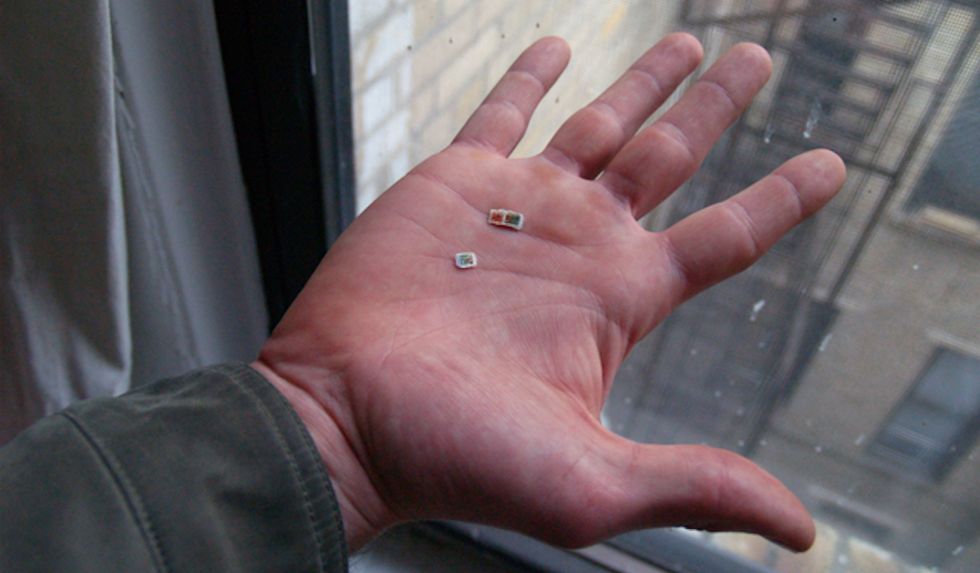When most people hear the word LSD, they immediately think of an illicit, government banned, Schedule 1 substance that hippies use in open fields to trip out.
But, is it possible that LSD could have medicinal benefit?
It's no secret that marijuana has incredible medical advantages, including help with severe anxiety, seizures, and Parkinson's, just to name a few.
But could it actually be LSD that's our new panacea, the new cure-all? Or perhaps, become a helpful supplement to productivity in our daily lives?
Day-to-Day Benefits:
1. More physical energy
More energy while exercising, improved coordination, and healthy buzzes of energy to go about your day!
2. Improved emotional welfare
Alleviates sadness and apathy; assists with open-mindedness and spirituality!
3. Heightened focus
Better ability to get focused and stay focused, more motivation, improved cognition and rational thinking!
Psychiatric Benefits:
1. Alternative to treating depression
LSD mimics serotonin in synaptic connections. Serotonin is the main neurochemical that those which depression are deficient in, and while large amounts of LSD consumption would begin to suppress the ability for one produce serotonin on their own, minor doses of LSD act as supplement for those without sufficient levels.
2. Alternative to treating ADHD
LSD activates receptors in the pre-frontal cortex, which will increase glutamate activity. Glutamate is a neurochemical which plays an enormous role in our memory, cognitive abilities, and focus. This increase in glutamate can assist in alleviating focus issues and hyperactivity, without numbing creativity, as many medicines do when they act as stimulants.
3. Alternative to treating anxiety disorders
LSD only acts on certain dopamine receptors, which not all are classified as "the reward center." The dopamine receptors that LSD act on are explicitly linked to mood, which of course, links to relaxation, joy, etc...While the exact manner in which LSD treats anxiety is still being experimented, studies have shown prominent decreases in anxiety upon microdosing subjects over periods of microdosing sessions.
How it's done:
1. Effects are sub-perceptive
No hallucinations, euphoria, or otherwise. The effects are extremely subtle but have the potential of becoming highly impactful in the long-term!
2. Doses are tiny
Microdoses are truly micro! The average microdose is roughly 6-20 micrograms, which is the equivalent of 1/5th or less of a single tab.
3. Rest days are key
It is recommended that a person microdosing does not do it daily, as it takes a while for LSD to metabolize and the constant re-entry of LSD into the brain can create effects more extreme than intended. Skipping at least 2 days between doses allows enough time for the initial effects to run through, but not flood your brain.
While microdosing with LSD is still in its experimental phase and is in no way ready to be incorporated into big pharma, the Third Wave movement is paving a pathway for unseen neurological advancements, and may just be on the cusp of redesigning the future of medicine.
















